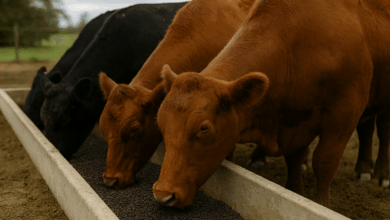
Establishing a biochar production unit involves careful consideration of various financial factors, including capital investments, operational expenses, and potential revenue streams. Understanding these elements is crucial for assessing the economic viability of biochar production.
Capital Investment
The initial capital investment for a biochar production facility can vary widely based on factors such as plant size, technology choice, and location. A life cycle cost analysis indicated that biochar-based bioenergy production requires substantial investment, potentially amounting to at least a million dollars annually over a 25-year project lifespan.
Operational Expenses
Operational costs encompass feedstock procurement, labor, maintenance, energy consumption, and other ongoing expenses. A techno-economic analysis of biochar production systems revealed that annual production costs ranged from approximately $412,000 to $2.05 million, depending on the production system and operational scale.
Production Costs per Unit
The cost of producing biochar varies significantly, influenced by factors such as feedstock type, production technology, and scale of operation. Reported production costs range from $200 to $2,000 per ton, with approximately 30% of these costs attributed to feedstock procurement. Another study estimated biochar production costs between $448.78 and $1,846.96 per ton, highlighting the variability based on specific operational conditions.
Revenue Streams
Potential revenue sources for biochar producers include:
- Biochar Sales: Selling biochar as a soil amendment or for other applications.
- Carbon Credits: Earning carbon credits through carbon sequestration, with values ranging from $20 per ton of biochar in 2015 to a projected $60 per ton by 2030.
- Byproduct Utilization: Generating additional revenue from byproducts like bio-oil and syngas, which can be used as renewable energy sources.
Profitability Considerations
Profitability depends on balancing production costs with revenue opportunities. Factors influencing profitability include:
- Feedstock Costs: Utilizing low-cost or waste biomass can reduce feedstock expenses.
- Technology Efficiency: Employing efficient production technologies can lower operational costs.
- Market Demand: Strong demand for biochar and its byproducts can enhance revenue potential.
Conclusion
Establishing a biochar production unit involves significant financial considerations, including substantial capital investments and variable operational costs. However, with strategic planning and optimization of production processes, biochar production can be economically viable, offering benefits such as carbon sequestration and renewable energy generation.
Sources:
- A techno-economic analysis of biochar production and the influence of process and feedstock parameters
- Biochar Economics: A Cost-Effectiveness Analysis
- The costs and benefits of biochar production and use
- Lifecycle Assessment and Techno-Economic Analysis of Biochar Pellet Production Systems
- Estimating Profitability of Two Biochar Production Scenarios: Slow and Fast Pyrolysis
- Life cycle cost and economic assessment of biochar-based bioenergy production



